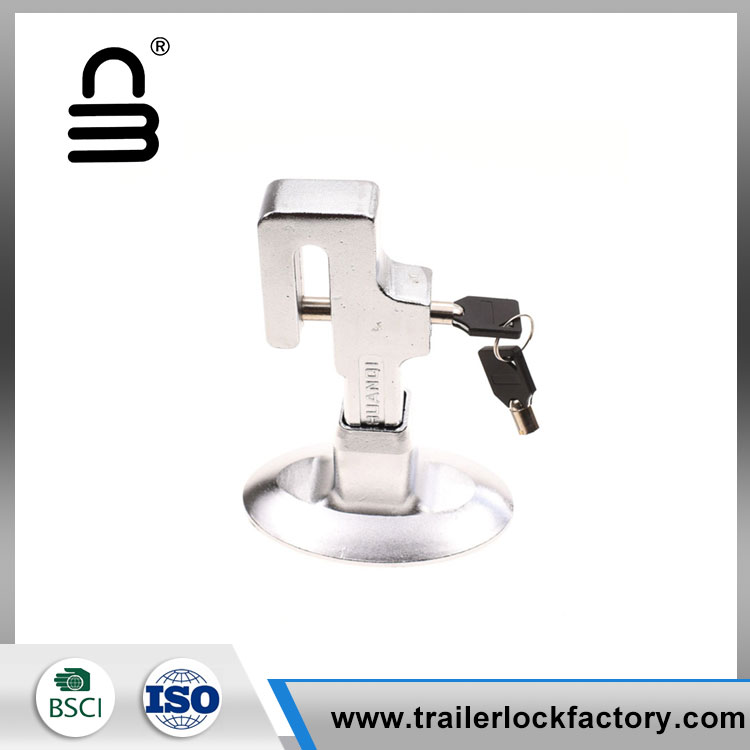 English
English Español
Español  Português
Português  русский
русский  Français
Français  日本語
日本語  Deutsch
Deutsch  tiếng Việt
tiếng Việt  Italiano
Italiano  Nederlands
Nederlands  ภาษาไทย
ภาษาไทย  Polski
Polski  한국어
한국어  Svenska
Svenska  magyar
magyar  Malay
Malay  বাংলা ভাষার
বাংলা ভাষার  Dansk
Dansk  Suomi
Suomi  हिन्दी
हिन्दी  Pilipino
Pilipino  Türkçe
Türkçe  Gaeilge
Gaeilge  العربية
العربية  Indonesia
Indonesia  Norsk
Norsk  تمل
تمل  český
český  ελληνικά
ελληνικά  український
український  Javanese
Javanese  فارسی
فارسی  தமிழ்
தமிழ்  తెలుగు
తెలుగు  नेपाली
नेपाली  Burmese
Burmese  български
български  ລາວ
ລາວ  Latine
Latine  Қазақша
Қазақша  Euskal
Euskal  Azərbaycan
Azərbaycan  Slovenský jazyk
Slovenský jazyk  Македонски
Македонски  Lietuvos
Lietuvos  Eesti Keel
Eesti Keel  Română
Română  Slovenski
Slovenski  मराठी
मराठी  Srpski језик
Srpski језик
How Does a Lock Up Clutch Work and Why Does It Matter for Your Vehicle
2025-10-31
When customers ask me how a Clutch Lock actually functions and what makes it important for improving driving performance, I always start by explaining how our team at Hengda has spent years refining every detail of our lock up clutch systems. As an engineer who’s worked in transmission components for over two decades, I’ve seen how a well-designed lock up clutch can completely transform efficiency and durability in both passenger cars and commercial vehicles.
What Is the Purpose of a Lock Up Clutch in an Automatic Transmission
A lock up clutch is a key component built inside the torque converter. Its main role is to create a direct mechanical link between the engine and the transmission when the vehicle reaches a certain speed.
In simple terms, it reduces power loss that normally happens through fluid slippage — improving fuel economy, reducing heat generation, and delivering smoother performance on highways.
When engaged, the lock up clutch eliminates the “slipping” sensation often felt in automatic transmissions, providing a solid and responsive driving feel that many drivers prefer.
How Does a Lock Up Clutch Actually Work Inside the Torque Converter
Inside the torque converter, the system includes three major elements:
-
Impeller (Pump) – connected to the engine and drives the transmission fluid.
-
Turbine – connected to the transmission input shaft.
-
Stator – redirects fluid flow for torque multiplication.
The Clutch Lock comes into play once the vehicle reaches cruising speed. At that point, the transmission control module sends a signal to engage the lock up clutch, connecting the impeller and turbine directly. This reduces hydraulic losses, keeps RPM steady, and enhances power transfer efficiency by up to 95%.
What Are the Key Specifications of Hengda Lock Up Clutches
To ensure reliability, our Hengda lock up clutches are built using premium friction materials, heat-resistant coatings, and precision-balanced housings. Below are the typical technical parameters we provide to OEM and aftermarket clients:
| Parameter | Specification | Description |
|---|---|---|
| Working Pressure | 0.3–0.8 MPa | Ensures consistent torque transfer |
| Friction Material | Graphite-Ceramic Composite | Provides high wear resistance and smooth engagement |
| Operating Temperature | -40°C to 200°C | Suitable for heavy-duty and high-speed conditions |
| Engagement Speed | 40–80 km/h | Automatically activates during stable cruising |
| Efficiency Rate | ≥ 95% | Reduces energy loss and fuel consumption |
| Durability Test | 1,000,000+ cycles | Verified for long service life |
Why Should You Choose Hengda as Your Lock Up Clutch Supplier
Over the past 20 years, Hengda has worked closely with global transmission manufacturers to design and produce high-precision clutch systems.
What makes our products stand out is not just their technical strength but our ability to provide customized solutions for different vehicle models — from passenger cars to heavy-duty trucks.
Here’s what our customers appreciate most:
-
Consistent torque performance under extreme conditions
-
Excellent balance between comfort and fuel efficiency
-
Fast response and reliable quality control system
-
OEM-grade design with full testing certification
How Can You Get the Right Lock Up Clutch for Your Application
If you’re looking to upgrade or source high-efficiency clutch systems, our engineering team is ready to help you find the best match for your transmission type.
Whether you need standard parts or custom-developed solutions, Hengda offers full technical support from design to delivery.
👉 Contact us today to discuss your requirements or request a detailed quotation.
Let our experts help you experience smoother transmission performance with the reliability and efficiency of the Hengda Clutch Lock.





